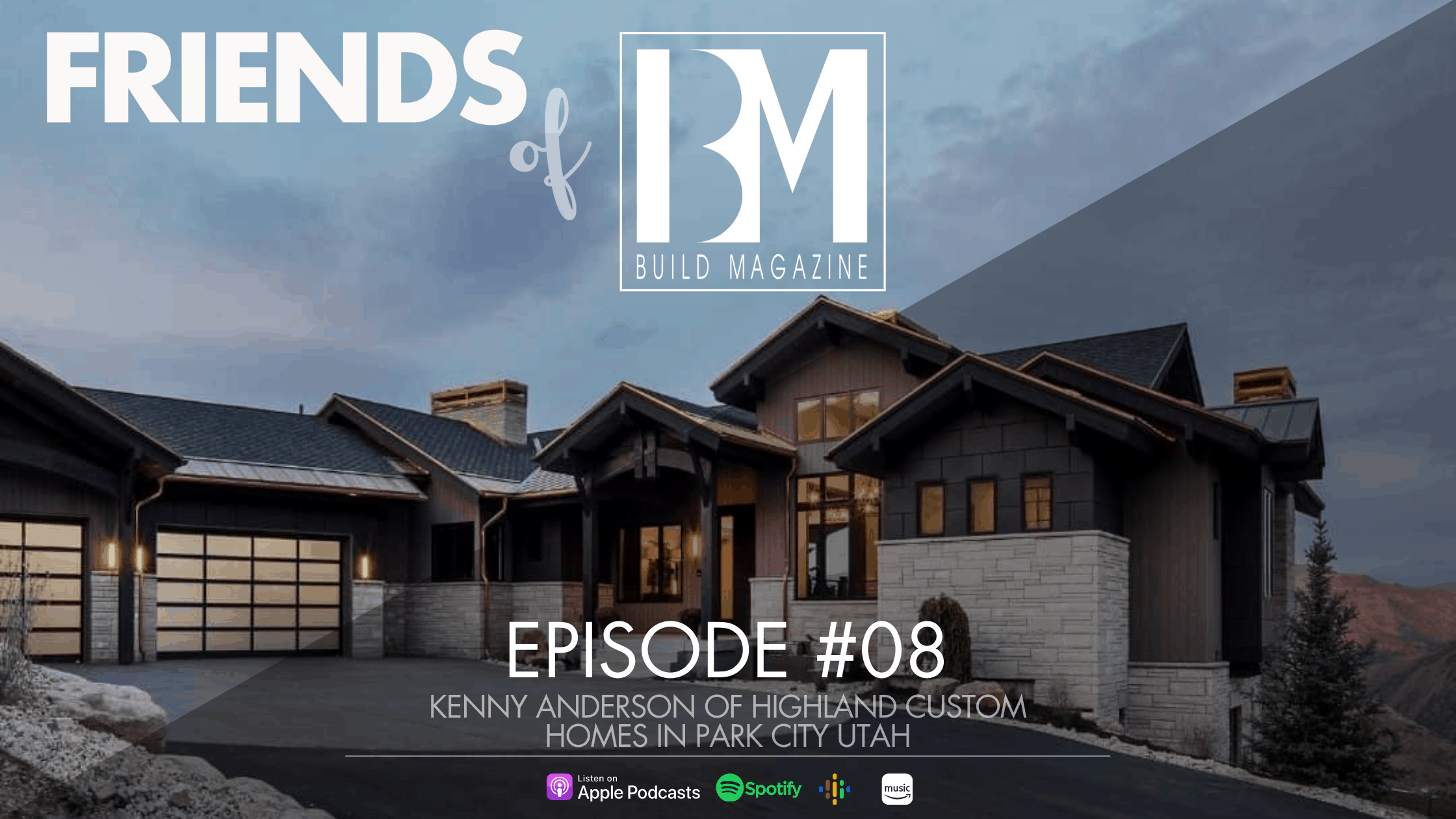
How to Build Your Dream Home
Embarking on the journey of making your dream home a reality can be challenging. Often, building a dream home demands a thoughtful and systematic approach. While the prospect of building from the ground up may appear daunting, the path to your dream abode is more possible if you follow a careful plan. As seasoned experts in home construction, we understand the significance of each stage of home building and how to navigate the process.
From conceptualizing your vision to navigating the complexities of permits and construction, this blog provides the insights and advice you need to ensure a smooth and successful building journey. Read on to explore every phase, from financing, to finding the right architect and builder, to making crucial design decisions that align with your lifestyle, and streamline the process from start to finish.
Phase 1: Pre-Construction
Before you break ground on your new home, be sure to set yourself up for success by checking a few important items off of your to-do list.
Understand Your Financing Options
No matter if you’re buying an existing residence or building from the ground up, a home is still one of the largest investments you may ever make—so it’s important to understand the financial implications upfront. Unlike when purchasing an existing home, traditional 30-year mortgages aren’t available for new-construction homes. Instead, you’ll most likely need a construction loan. This loan can go towards covering the cost of land, labor, materials, permits, and other costs associated with building your home.
To apply for the loan, the borrower must provide the bank with budgets, timelines, and other project details. Once approved, the borrower can withdraw the funds in phases throughout development and repay only the interest. Once construction is complete, the borrower can then convert the loan to a permanent mortgage.
Hire Your Team
To build a new home, you’ll need a lot of support. Hiring a team of trusted experts will ensure you’re following the correct processes, sticking to local codes, and setting yourself up well from the start. First, look for an experienced home builder. You’ll also need a seasoned general contractor—though oftentimes, home builders are also licensed contractors so you can streamline your team. Other players include architects, interior designers, surveyors, structural engineers, plumbers, electricians, and more. Many times, your home builder or contractor has a trusted team they work with often, allowing you to lean on them for support throughout the hiring process.
Secure Your Lot
If you don’t already own a plot of land, that should be your next priority. Real estate agents can be pivotal in helping you find and purchase a plot of land ideal for building a new home—but you should also loop in other team members like your builder and architect. Some lots, though they may be in a great location and appear perfect at first glance, can have qualities that make it more difficult to build, like steep grades or poor-quality soil types that don’t lend themselves well to new construction. Getting an expert opinion upfront can help you avoid these costly pitfalls.
Design Your Home
Once your team is in place and your lot is secured, you can kick off the design process. You can customize the size and layout of the home, the number of bedrooms and bathrooms, overall style, and other interior and exterior features.

Phase 2: Construction
Once your team is on-board and you have all the necessary plans in place, you can begin construction on your new home.
Prep Your Site
Before you break ground, your builder will need to prepare your plot of land for construction. This involves clearing away any trees, rocks, or other debris that would hinder their progress. If the site has a grade, it also involves leveling the ground to prepare it for the foundation.
Pour Footings & Foundation
After the site is prepared, the team will dig trenches for the foundation. Then, they will pour concrete for footings to create the base of your foundation, and steel rods are added for reinforcement. The team will then pour the remaining concrete to finish off the entire foundation. Once dry, it is sprayed with a waterproof sealant to keep moisture out and keep the foundation stable.
Frame the Home
Once the foundation is complete, framing begins. This involves building the rough skeleton of doors, windows, and walls throughout the entire home. The home builder will also wrap the house during this phase to protect the wood from moisture, especially if it’s during a rainy season or in a humid environment. Framing often happens quickly, sometimes in as little as a few weeks.
Install HVAC, Electrical, and Plumbing
Before drywall is added, ductwork, wiring, and pipes are all added. Once everything is installed, it is approved by inspectors before moving on to the next phase of the project.
Add Drywall & Insulation
Next, insulation is applied to all exterior walls to make the home more energy efficient. After the insulation is complete, drywall is installed and primed throughout the home to finish the interior walls.
Add Interior Finishes
Once the walls are up, you can move on to adding all of the final finishes, like doors, molding, trim, and other details. At this stage, kitchen cabinets, appliances, bathtubs, vanities, and other larger items are added to start to pull everything together.
Add Exterior Finishes
Exterior finishes help add curb appeal to your new home. Practical details like siding and the roof are completed, while more cosmetic additions like walkways, driveways, back patios, and decks are also added to enhance your outdoor areas. Landscaping is also typically done during this stage.
Install Flooring
Last but not least is flooring. Whether you choose natural stone, reclaimed hardwood or ceramic tiles, flooring is typically completed at the very end of the construction phase to ensure the material isn’t damaged during other work.

Phase 3: Post-Construction
After your home is built, there are a few final steps required before you can call your project complete.
Schedule a Final Inspection
Once construction is complete, a building code official conducts the final inspection. If no issues are identified, they will provide a certificate of occupancy, which means you’re officially able to move into your space. If they spot any problems, they will schedule a follow-up after the builder has resolved the issue.
Complete a Final Walkthrough
The last step after your inspection is a final walkthrough with your builder before you move in. You will double-check that everything is complete and nothing needs to be repaired, looking for issues with things like outlets and light switches and checking for minor damage like nicks to paint or baseboards. This is your last chance to call out any issues before the project is complete, so be sure to go inspect each room closely.
Once your walkthrough is finished, your home is move-in ready. You’ll be able to make the space your own and finally enjoy the space after months of hard work and planning. While home building may not be as simple as purchasing an existing home, there is no feeling quite like living in a space that is completely customized to your lifestyle.
Sources
Bankrate – What are construction loans, and how do they work?
Forbes – 8 Most Common House Foundation Types To Consider
Lending Tree – Home Inspection Guide: Everything You Need to Know




